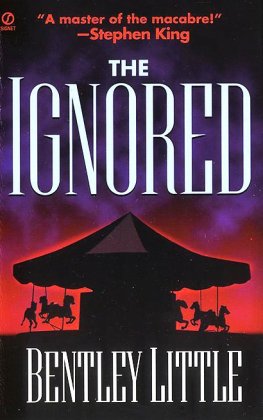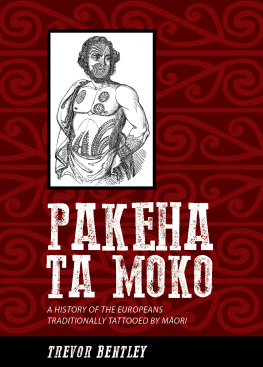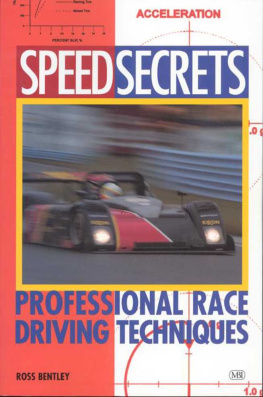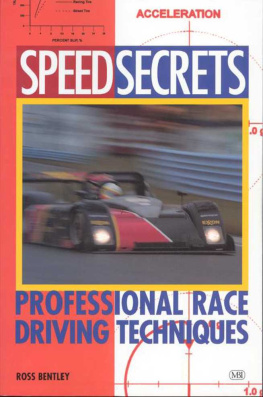Walking Washingtons History is published with the assistance of a grant from the Ruth Kirk Book Fund, which supports publications that inform the general public on the history, natural history, archaeology, and Native cultures of the Pacific Northwest.
Copyright 2016 by the University of Washington Press
Composed in Adobe Garamond, Whitney, and Helvetica Neue Condensed
20 19 18 17 16 5 4 3 2 1
Cover photo: Smith Tower, by David Glass
Maps: Matt Stevenson of CORE-GIS
Quotation from Wanderlust: A History of Walking, by Rebecca Solnit, copyright 2000 by Rebecca Solnit.
Used by permission of Viking Books, an imprint of Penguin Publishing Group, a division of Penguin Random House LLC.
All rights reserved. No part of this publication may be reproduced or transmitted in any form or by any means, electronic or mechanical, including photocopy, recording, or any information storage or retrieval system, without permission in writing from the publisher.
UNIVERSITY OF WASHINGTON PRESS
www.washington.edu/uwpress
ISBN 978-0-295-80675-4
Excerpted from Walking Washingtons History
LIBRARY OF CONGRESS
CATALOGING-IN-PUBLICATION DATA
Bentley, Judy.
Walking Washingtons history : ten cities / Judy Bentley.
pages cm
Includes bibliographical references and index.
ISBN 978-0-295-99668-4 (paperback : alkaline paper)
1. Washington (State)Guidebooks. 2. Cities and townsWashington (State)Guidebooks. 3. Historic sitesWashington (State)Guidebooks. 4. WalkingWashington (State)Guidebooks. 5. Washington (State)History, Local. I. Bentley, Judy. Hiking Washingtons history. II. Title.
F889.3.B46 2016
979.7dc23 2015035913
Legend
| Walk Starting Points |
| Featured Walks |
| Other Walks |
| Streets |
| Highway Markers |
| Creeks |
| Rivers & Lakes |
| College Campuses |
Historic Sites and Other Features |
| Historic Site |
| Ghost Site |
| Statue |
| Museum |
| Parking |
| Restrooms |
| Library |
| Visitor Center |
| Steps |
| Train |
How to Use This Book
[Walking] is about being outside in public space.
Rebecca Solnit, Wanderlust
This book offers a sampling of the most historically important cities in Washington. They were chosen based on several factors: significance, size, geographical diversity, and walking appeal. In terms of population, the top ten cities in the state are Seattle, Spokane, Tacoma, Vancouver, Bellevue, Everett, Kent, Yakima, Renton, and Spokane Valley. Spokane Valley is much more populous than Olympia, but Olympia has been the capital since 1853, and so Olympia is included here. Kent is bigger than Walla Walla, but Walla Walla was the largest city in the territory in the 1860s, dominating inland Washington, Oregon, and Idaho. Ellensburg and Wenatchee are important to Central Washington, but so is Yakima, which is larger. The Tri-Cities have ballooned since World War II as the nerve center of the nuclear industry, but they present a walking and weather challenge. The fastest-growing urban centers todayKent, Federal Way, and Spokane Valleywere suburbs and farms less than a hundred years ago; Bellevue represents that change in this book. Victorian Port Townsend claims an early niche in Puget Sound history as the first port of call for ships and crews in the mid-1800s; Port Angeles along with Longview, Aberdeen, Hoquiam, and Bremerton could also claim fame, but this is a tale of only ten cities, leaving other urban treasures for further exploration.
Within each of these ten, the book emphasizes one period of its historya moment of aspiration; other significant events may be mentioned only lightly. The order of chapters is roughly chronological, according to the time when each city first flourished, with some exceptions. Vancouver comes first, as the earliest large permanent gathering on the frontier, but it also boomed with shipbuilding during World War II, so that history is described, too. Spokane dominated the Inland Empire from the late 1800s on, but that chapter focuses on the revitalization of downtown and the riverfront during Expo 74, so it comes later in the book. Chapter introductions explain each citys niche in Washington history and preview the focus of each walk.
Each chapter features a central loop that starts and ends at the same place, all of those places with parking access, most with public restrooms, and most served by public transportation. Basic directions are provided to the start from major highways (recognizing the automobiles dominance even in historic districts), and addresses are provided for use with electronic locating tools. Each chapter map shows important streets. Words, devices, mapsuse all three to navigate routes that may change with seasonal roadwork or transportation policies.
Each central loop is from two to seven miles long. Options for extensions or shortcuts are noted along the way. Dont hesitate to go off-route. Follow the advice of John R. Stilgoe in Outside Lies Magic: become an explorer. Several cities have what I call pioneer walks through early settlements on the periphery of the cities they foreshadowed: Old Town in Tacoma, Alki in Seattle, Tumwater south of Olympia, Lowell in Everett, Mercer Slough in Bellevue. Although the word





![[美]乔恩·本特利(Jon Bentley) 著 - 编程珠玑(第2版·修订版)](/uploads/posts/book/275588/thumbs/jon-bentley.jpg)























